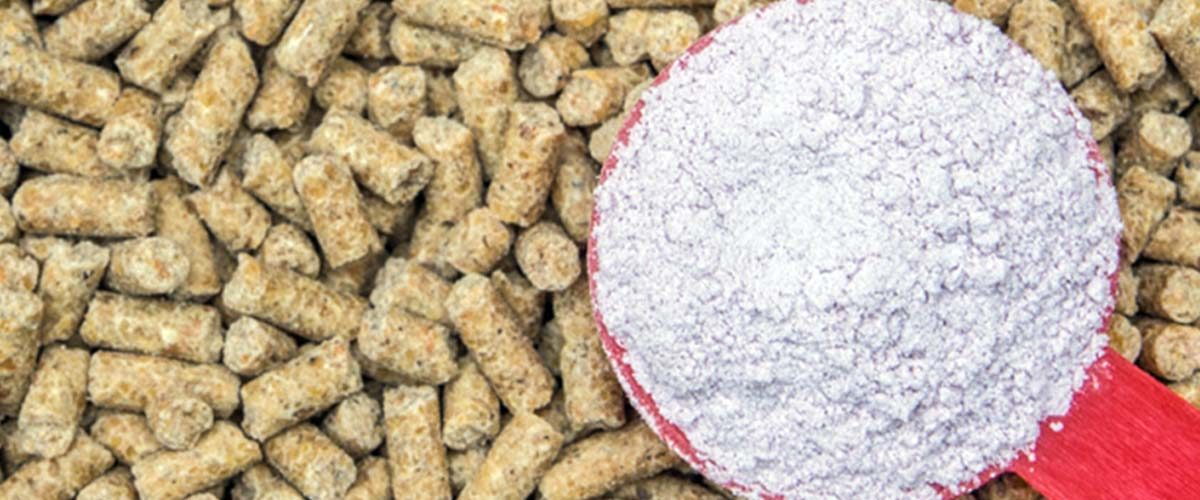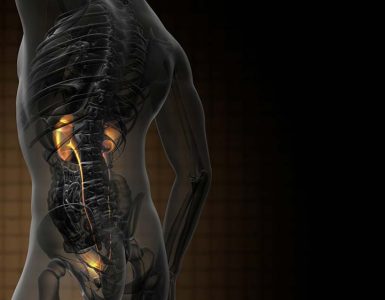The utilization of plantation waste, such as palm midribs, is mortified by low levels of digestibility due to neutral detergent fiber (NDF) and the high lignin content. Therefore removal of lignin is required for efficient ruminant feed preparation.
Delignification can be performed using chemical or biological treatments. Chemical treatments, which use chlorine, sodium hydroxide, hydrogen peroxide or even ozone1, can cause economic losses due to the impact of pollution on the environment. Biological treatment using microorganisms that produce enzymes has become a widely used alternative to chemical treatment2.
High levels of lignin in animal feed can decrease the palatability, dietary value and digestibility of the feed and the feed is not fully utilized by ruminants3. Thus, applying technology to improve the feed quality in terms of both its nutritional value and the digestibility of the waste will ultimately improve the quality of the meat.
Pleurotus ostreatus is a fungus capable of reducing lignin content in wood weathering processes. Lignin degradation involves the activity of enzymes produced by white rot fungi. These enzymes, called lignases, include lignin per-oxidizes, manganese peroxidases and laccase4. Based on the type of weathering they cause, fungi involved in the bio-degradation of the lignocellulose biomass can be divided into three main groups: White rot, brown rot and soft rot fungi.
The white rot fungus Pleurotus ostreatus has economic value because it can be consumed and has a high nutritional content. Due to which researchers conducted a new study in order to assess the fermentation conditions necessary to enable the use of palm midrib as an ingredient for ruminant feed. Specifically, the interactions between the dose and duration of fermentation with inoculants were evaluated regarding their effects on the fiber components of palm midrib5.
The results showed that the dosage of P. ostreatus and the fermentation time did not interact significantly. However, the fermentation time of 3 months significantly decreased the contents of neutral detergent fiber, acid detergent fiber, hemicellulose and lignin palm midribs. It can therefore be used to improve the quality of animal feed ingredients, especially feed used for ruminants.
Reduced lignin levels lead to the increased availability of nutrients such as dry matter and organic matter, allowing the palm midribs to be used as feed for ruminants. However, the bag log composed of palm midrib has a low nutrient content. Thus, more research is needed to produce technological breakthroughs that will increase its nutritional value.
Keywords:
White rot fungus, lignin, palm midrib, feed quality, nutrition, biodegradation, fermentation, ruminants’ feed, nutrient content, nutritional value, acid detergent fiber, neutral detergent fiber, Pleurotus ostreatus, fiber components.
References:
- Bujanovic, B., S. Ralph, R. Reiner, K. Hirth and R. Atalla, 2010. Polyoxometalates in oxidative delignification of chemical pulps: Effect on lignin. Materials, 3: 1888-1903.
- Perez, J., J. Munoz-Dorado, T. de la Rubia and J. Martinez, 2002. Biodegradation and biological treatments of cellulose, hemicellulose and lignin: An overview. Int. Microbiol., 5: 53-63.
- Severe, J. and D.R. ZoBell, 2012. Review: Technical aspects for the utilization of small grain straws as feed energy sources for ruminants: Emphasis on beef cattle. April 2012.
- Datta, R., A. Kelkar, D. Baraniya, A. Molaei, A. Moulick, R.S. Meena and P. Formanek, 2017. Enzymatic degradation of lignin in soil: A review. Sustainability, Vol. 9, No. 7. 10.3390/su9071163
- Metri, Y., Warly, L. and Suyitman , 2018. Biodegradation of Lignin by White Rot Fungi (Pleurotus ostreatus) to Decrease the Fibre Components in the Palm Midrib. Pak. J. Nutri., 17: 71-75.
















Add comment